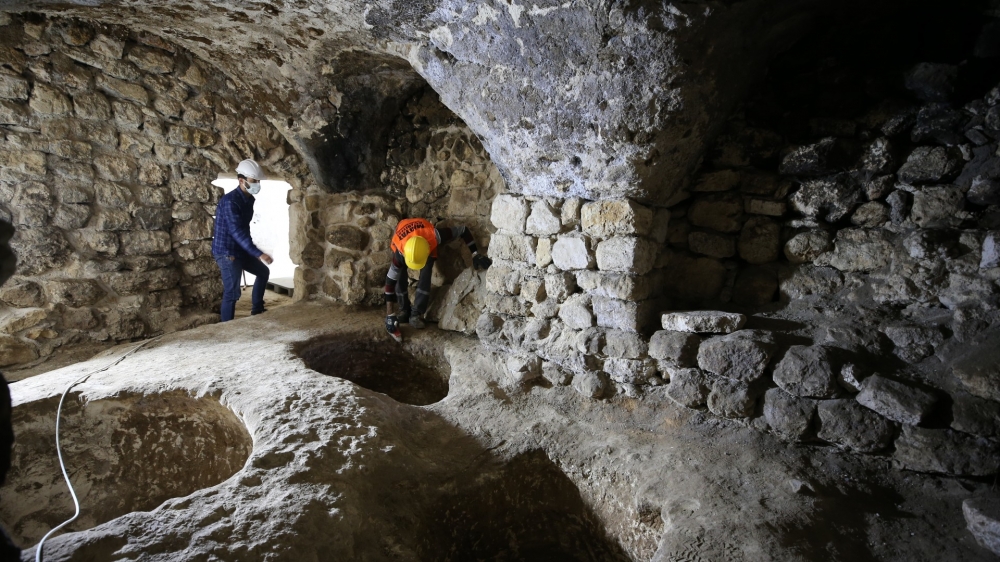ID :
630096
Sat, 05/14/2022 - 13:52
Auther :
Shortlink :
http://m.oananews.org/index.php//node/630096
The shortlink copeid
Underground city unearthed in Turkiye may have been refuge for early Christians

Baku, May 14, AZERTAC
Archaeologists in southeastern Turkiye have unearthed a vast underground city that was built almost 2,000 years ago and could have been home to up to 70,000 people.
The subterranean complex may have been a protected space that early Christians used to escape Roman persecution.
The first underground chambers of the ancient complex were found about two years ago, during a project to clean and conserve historical streets and houses in the Midyat district of Mardin province.
According to Live Science, workers on the project first discovered a limestone cave, and then a passage into the rest of the hidden city, Gani Tarkan, the director of the Mardin Museum and the head of the excavations, told the Turkish government-owned Anadolu Agency. That said, some of the local people had already known that there were caves below Midyat, but had not known there was an entire underground city, Tarkan told Live Science in an email.
Now, 49 chambers have been unearthed in the colossal complex, as well as connecting passages, water wells, grain storage silos, the rooms of homes, and places of worship, including a Christian church and a large hall with a Star of David symbol on the wall, which appears to be a Jewish synagogue.
Artifacts found in the caverns — including Roman-era coins and oil lamps — indicate that the subterranean complex was built sometime in the second or third centuries A.D, Tarkan told Live Science.
And there is still a large area to excavate. Tarkan estimates that less than 5% of the underground city, now known as Matiate, has been explored so far — an area of over 100,000 square feet (10,000 square m). He thinks the entire complex may be larger than 4 million square feet (400,000 square m) in area and would have been large enough to accommodate between 60,000 and 70,000 people.
It's possible that the city originally served as a refuge: "It was first built as a hiding place or escape area," he suggested.
"Christianity was not an official religion in the second century [and] families and groups who accepted Christianity generally took shelter in underground cities to escape the persecution of Rome," Tarkan said. "Possibly, the underground city of Midyat was one of the living spaces built for this purpose."
Medieval travelers in the region at times of war also reported that they'd found entire towns and cities completely empty of inhabitants, and so it was possible the inhabitants had in fact hidden themselves underground in places like Matiate, he said.
Lozan Bayar, an archaeologist with Mardin's Office for Protection and Supervision, agreed that Matiate might have been used by early Christians to escape Roman persecution.
"In the early period of Christianity, Rome was under the influence of pagans before later recognizing Christianity as an official religion," he told Hürriyet Daily News, a Turkish news outlet. Such underground cities provided security to people and they also performed their prayers there. They were also places of escape."





